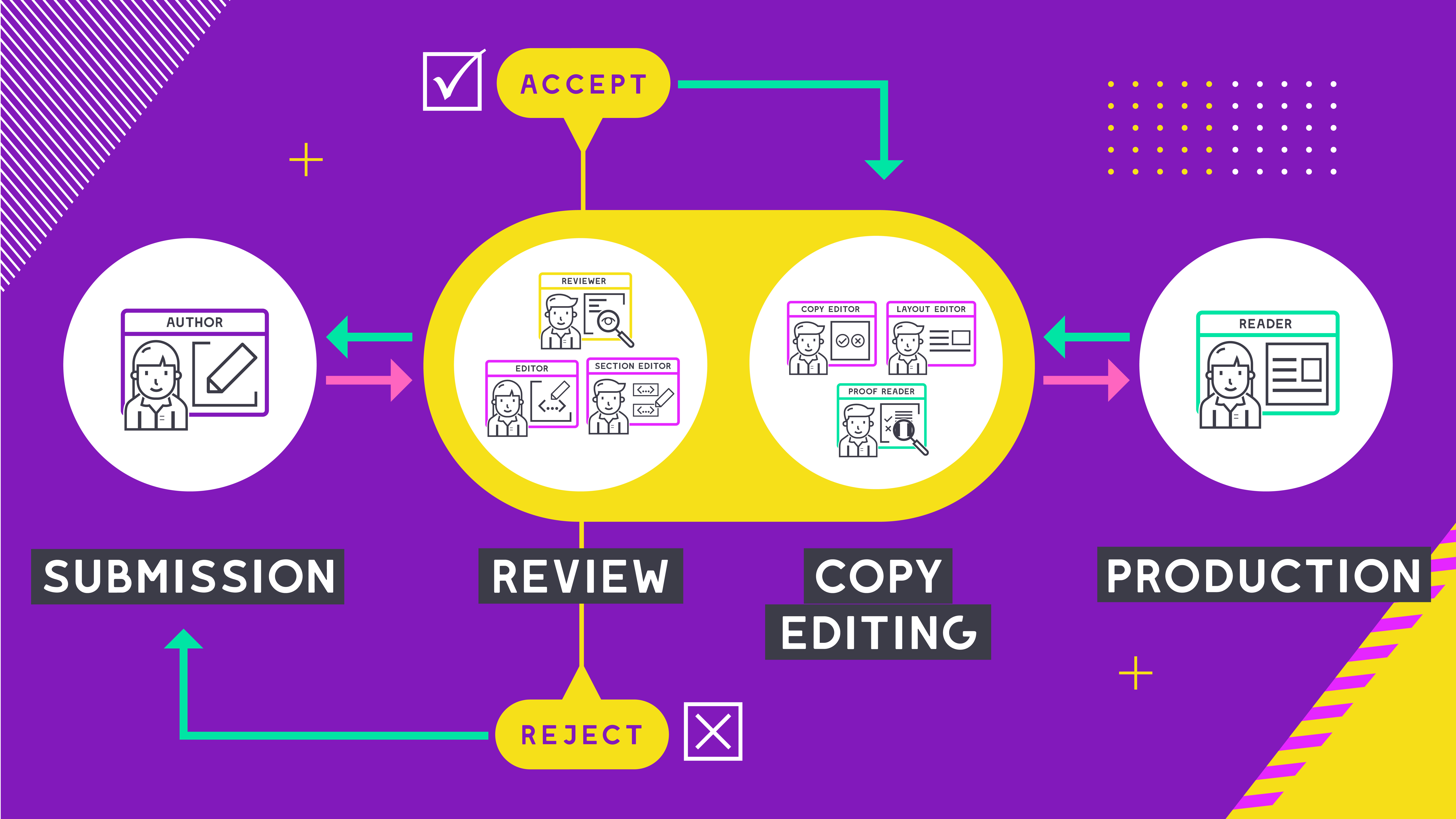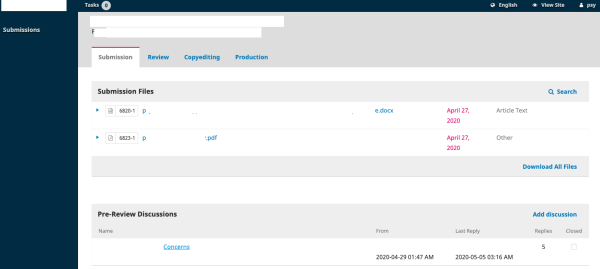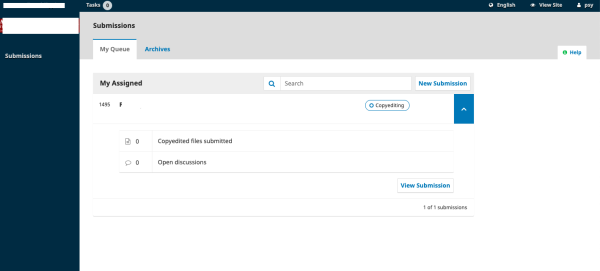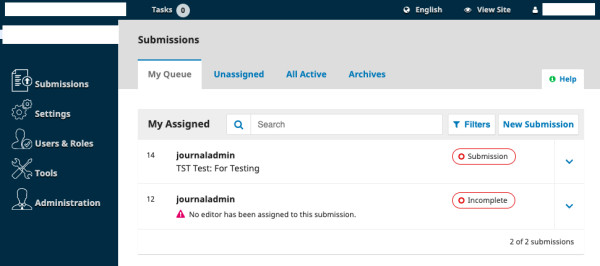Table of Contents
This is an old revision of the document!
PublishOne
PublishOne is a custom journal publication platform based on open source codes. moodLearning supports its development and customization for academic institutions.
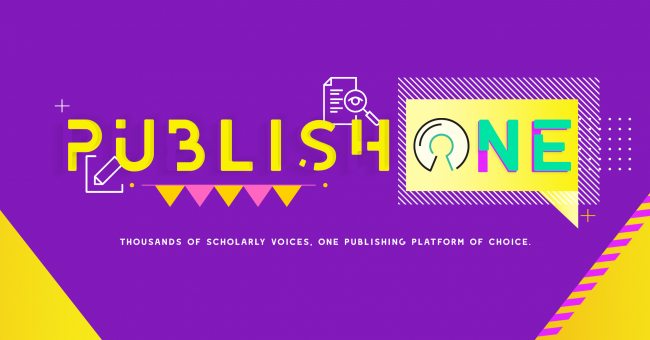
PublishOne is an online submission and evaluation system for authors, reviewers, editors, and publishers. Its publication is reader-centric, allowing a high-level of discoverability and indexability for scaled readership.
Editorial Workflow
- flexible, configurable editorial workflow
- dedicated content management
- the editorial workflow has four (4) stages: submission, review, copyediting, and production.
1. submission
- an author submits here
- submissions get assigned to section editors who'll consider moving the materials to the next stage (Review)
- at this stage, the journal may consider the bona fide of authors, ensure the completeness and veracity of submitted materials
2. review
- peer review is done at this stage
- revisions may be required from the author during the review process
- accepted revisions may move to the next stage (copyediting)
3. copyediting
- accepted articles could be improved by copyeditors in this stage
- authors are given the opportunity to review the copyedits
4. production
- completed, reviewed approved copyedits move to the production stage
- copies on this stage are converted to galleys, providing a range of reader “consumption” options: HTML, XML, PDF, etc.
- even in this stage, authors still have the opportunity to proofread the galleys up for publication in a future issue of the journal
Publishing
- reader-centric front-end
- customizable themes and designs
- subscription module for readers, with delayed open access options
- integrated with scholarly publishing services like Crossref, ORCiD, and DOAJ
- highly discoverable and indexable by search engines and scholarly databases like Google Scholar
User Roles
author
- an author self-registers and makes submissions
- an author is expected to follow the journal's guidelines on manuscript submission
- if multiple authors are involved, a corresponding author can be designated by the authors to coordinate with the journal editors
editor
- an editor manages submissions and assigns tasks to others
- an editor may also perform the following duties:
- read content and correct for errors in spelling,
punctuation, and grammar
- evaluate submissions from authors to decide
what to publish
- rewrite copy to make it easier for readers to
understand the article
- verify facts using standard reference sources
- work with authors to help their articles succeed
- plan the themes or foci for future publications
- enforce the publication’s style and editorial policy
- approve final versions of submissions
proof reader
- a proofreader carefully goes over the galleys in the various formats in which the journal publishes (as does the author or the editor)
- a proofreader (and the Author) record any typographic and formatting errors for the Layout Editor to fix
- in some journals, a proofreader can also serve as the editor or section editor
reader
- a reader is the simplest role and has the fewest capabilities
- a reader receives notification email with the publication of each issue, including the Table of Contents for that particular issue
Development and Customization
UI landing page customization:
- changeable color scheme
- more graphical interface
User roles:
- add custom user roles to cater specific functions
